When malnutrition-related deaths happen in Amravati’s Melghat region, it appears to be a distant event, shrouded in the forestry of Dharni taluk. When such deaths, mostly of infants are reported from Thane’s tribal areas, like Mokhada, it is at “Mumbai’s doorstep”. What if such deaths occur in the shiny, glitzy Mumbai? And such deaths do happen, not in a stray manner, but in their hundreds and thousands. It ought to shock the city’s conscience, but who said it has one? Of course, there is the question of the city’s leaders’ conscience too.[caption id=“attachment_1040861” align=“alignleft” width=“380”]  Lacking right food. AFP[/caption] Last week, Pudhari, a Marathi daily, published some grim statistics of such deaths, adding up to 53,491 between 2008 and 2011. Most of them—or, 26,795—were under-five, and 19,261 had not even got to their first birthday. Of the total, 28,665 were males, 24,926 females. Shockingly enough, on the strength of information secured using the Right to Information, apparently from the city government, but not attributed, it had this to say: such deaths were due to the collapse of the health system. The affordable healthcare is run by the civic body. Prima facie, it appears the malnutrition deaths had occurred among communities living in the shanties, where despite versions of how vibrant they are, happen to house the poorest among the city folk. Poor hygiene—toilets with over 300-500 per seat—compounds the poor health status. The Mumbai dimension has to be compared with another set of statistics, published the same day (12 August, 2013) in Sakal, another Marathi newspaper, also of a chain. Between April 2012 and January 2013, as per official statistics, 3,233 children had died due to the same malice in four districts. These four districts, Thane, Yavatmal, Nashik, and Gadchiroli have a substantial tribal population, and 82,719 were ‘close to’ dying of malnutrition. However, the tribal minister, Madhukar Pichad’s attention was riveted only on Thane where he intended to study and provide a coordinated approach to avert such deaths. One assumes, Pichad would look at Thane’s tribal deaths and scale up the ameliorating measures across the state’s regions where such deaths are a regular occurrence even after the courts telling the state from time to time to do its duty. But what about Mumbai where they may not be tribals? In December 2010, the Hindustan Times had reported at least 16 under-six children had died in a Govandi slum due to malnutrition and related illnesses in six months. It quoted an economist, Neeraj Hatekar thus: “While the government at least tries to tackle malnutrition in tribal belts, it often forgets that urban malnutrition.” Hatekar has studied Mumbai’s urban malnutrition. In his study, co-authored with Sanjay Rode, a “central empirical finding” was its incidence among urban slum children was “very close to the incidence in tribal villages situated among the tehsil of Jawhar”, known for its serious malnutrition levels. Though his study was reported in 2003, even a decade later its validity specific to Mumbai stands given the statistics published by Pudhari. When published, and also cited in the Mumbai Human Development Report, 2009, it caused a stir of a sort but did not activate moves to curb them. The MHDR had dwelt on it to some extent, on how malnutrition is a factor of incomes among slum dwellers, how a malnourished mother was likely to give birth to a malnourished child. Mumbai’s proportion of new borns at about 40 percent is twice the national average. Since it is a crisis within the city, it could be easier handled. It does not offer the logistical constraints which distant tribal belts can, and the barrier to access is only the ‘them and us’ differential for an official machinery which treats the slum as less than subaltern part of city. In 2007 a Supreme Court-appointed Commissioner had written to Maharashtra about malnutrition deaths in Arrey Milk Colony, asking that it, “ensure that all children in the city of Mumbai, _especially those living in slum_s, have access to anganwadi centres. It must also be ensured that these centres are functional where supply of supplementary nutrition.” NC Saxena, the Commissioner in a PIL (public interest litigation) had wanted an “action taken report within two weeks”. Significantly, that ‘two weeks’ was just prior by a calendar year to 2008; the Pudhari – published statistics us from that year. Apparently, Maharashtra confined, if it did, its actions to only Arrey. But since the teeming slums of Mumbai, never mind it hosts nearly 60 per cent of the city’s population which makes the entire city tick, are conceptually invisible—there, yet not there—incidence of malnutrition appears is also out of sight. You don’t see it, so it does not exist. So where is he question of tackling it?
What if such deaths occur in the shiny, glitzy Mumbai? And such deaths do happen, not in a stray manner, but in their hundreds and thousands.
Advertisement
End of Article
Written by Mahesh Vijapurkar
Mahesh Vijapurkar likes to take a worm’s eye-view of issues – that is, from the common man’s perspective. He was a journalist with The Indian Express and then The Hindu and now potters around with human development and urban issues. see more


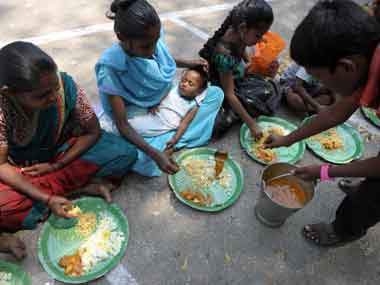)
)
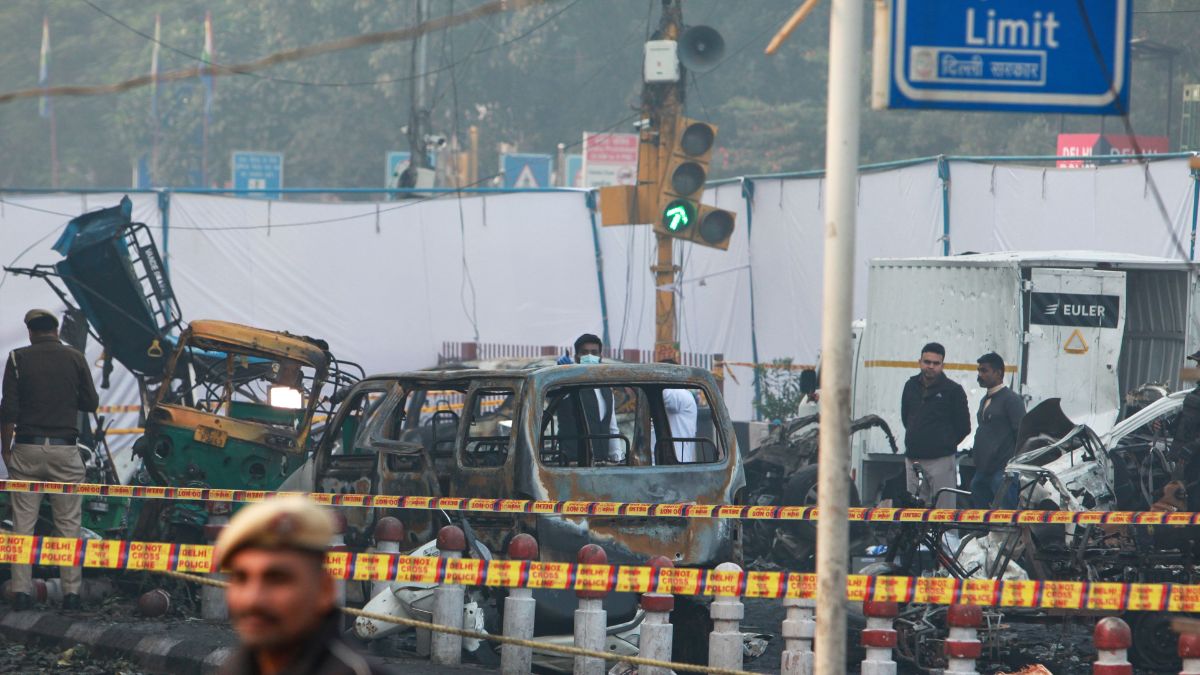)
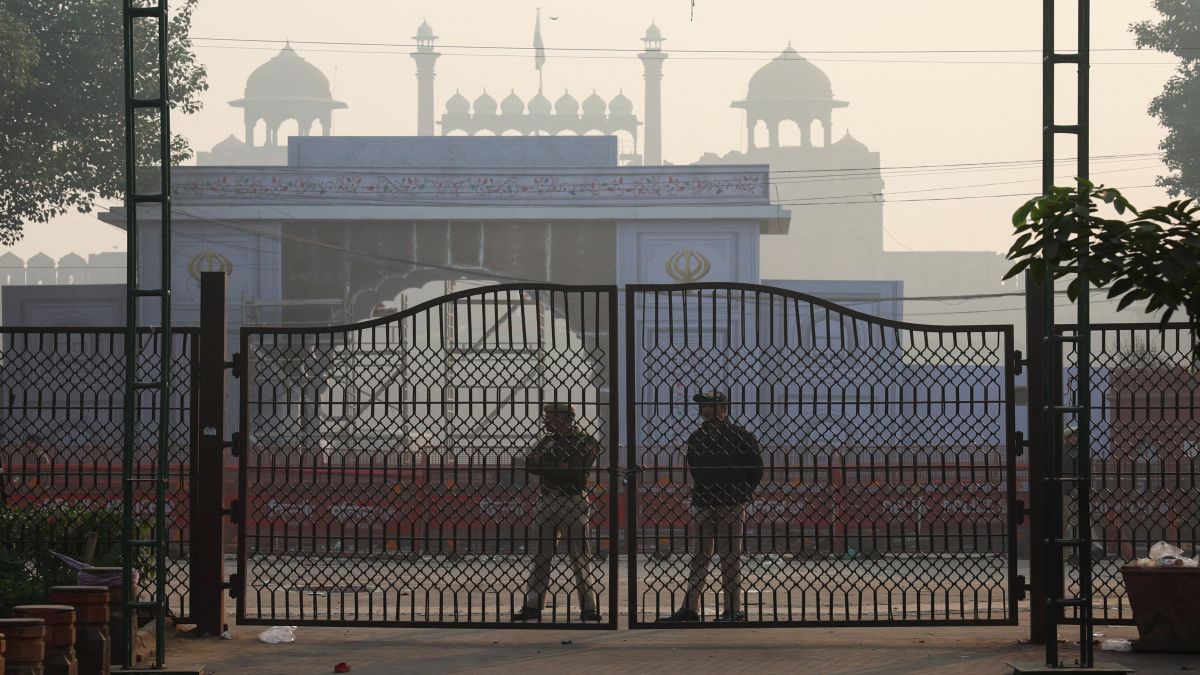)
)
)
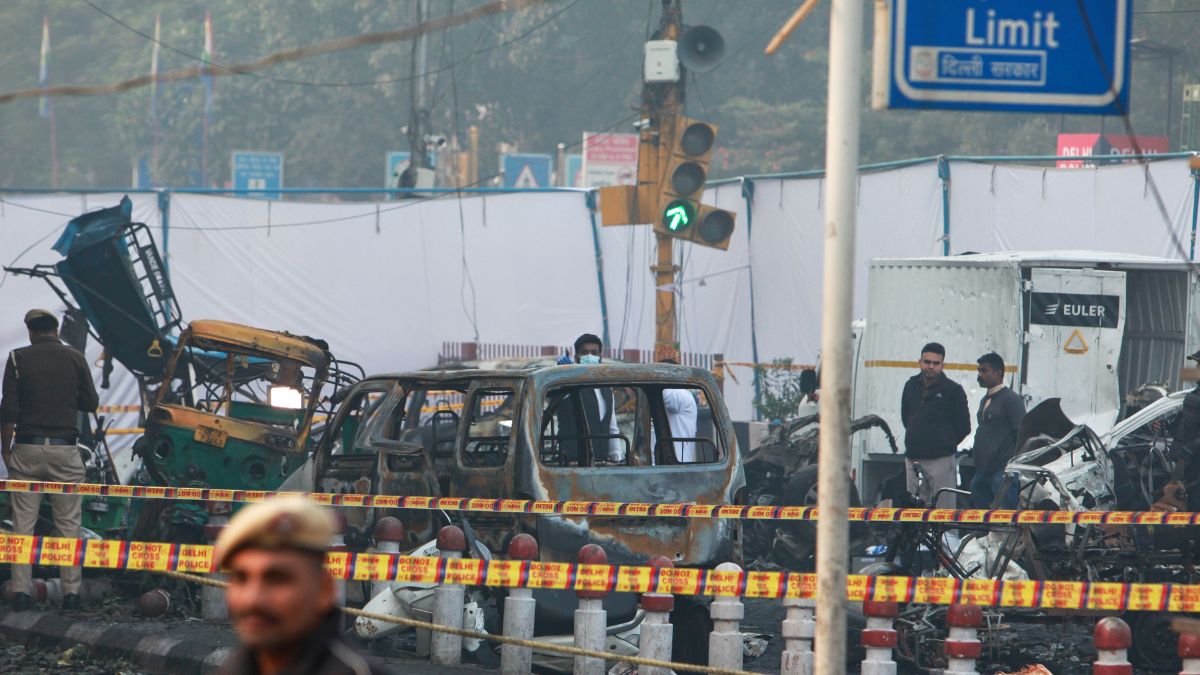)
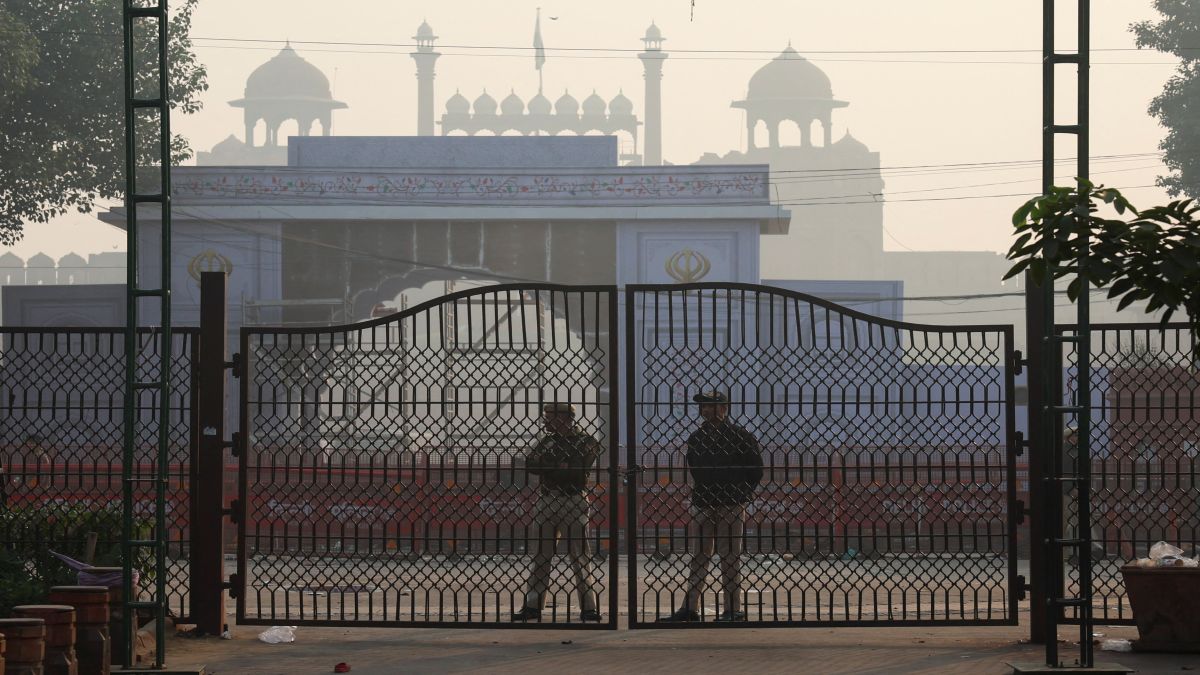)
)



